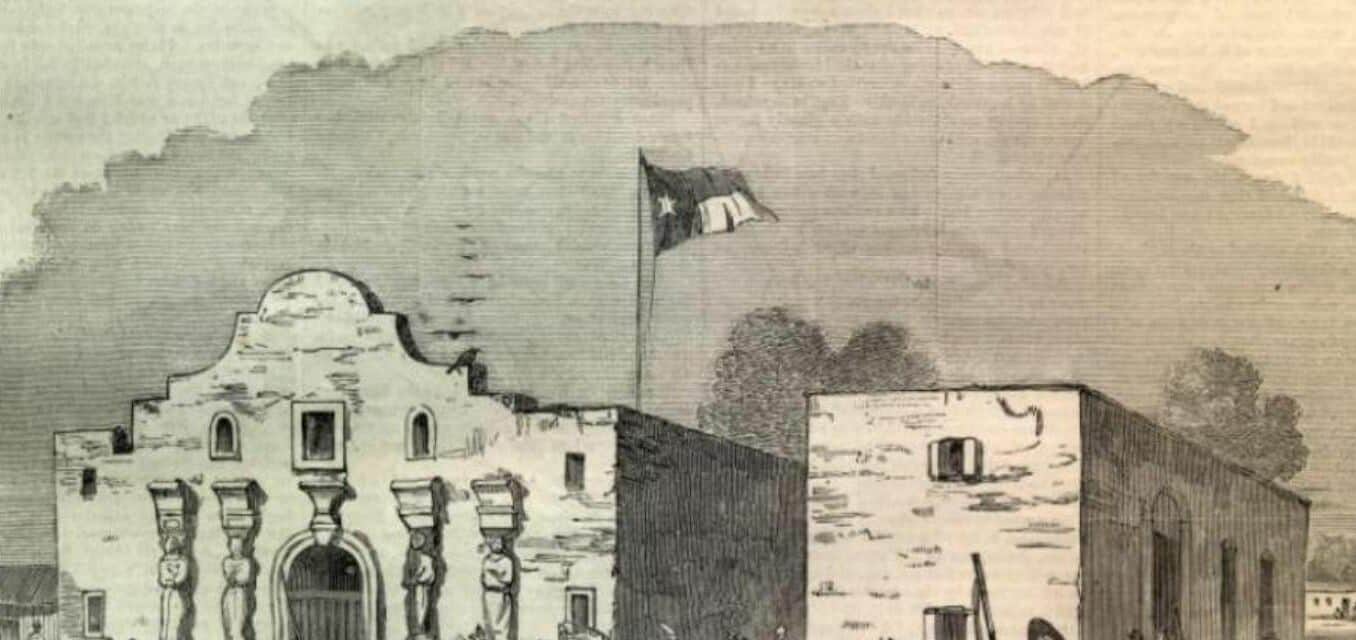Many historic account has been widely disseminated for generations, only to get exposed as a myth when examined carefully. Take the Battle of the Alamo, February 23rd to March 6th, 1836. Probably Texas’ greatest epic, it recounts a heroic fight by noble American immigrants who sacrificed their lives for freedom from Mexican tyranny. That was the version uncritically accepted for generations until historians took a closer look. They discovered there was way more myth than reality in that narrative. Below are thirty things about that and other historic myths widely accepted as true.

30. Generations of Children Grew Up on The Myth of the Alamo
Remember the Alamo! is a key part of Texas’ foundational mythology. It is part and parcel of a dramatic tale of freedom-loving Anglos from the United States who faced oppression by Mexican authorities in Texas. So they did what true blue Americans should: grab their guns. In the heroic siege and Battle of the Alamo in 1836, they fought to the last man. Although they lost, their sacrifice was worth it: they died buying time for Sam Houston to build an army that avenged them and secured Texan independence.

The legend of the heroic American Thermopylae probably reached its apogee in the 1960 hagiographic movie The Alamo. Starring John Wayne as Davy Crockett, Richard Widmark as Jim Bowie, and Laurence Harvey as William B. Travis, it hit and polished all the heroic highlights. Unfortunately, there is way more fiction than fact in the Alamo account. Be that account the John Wayne version or the less – but only relatively less so – dramatic version taught generations of school children. As seen below, much of the narrative is pure myth.

